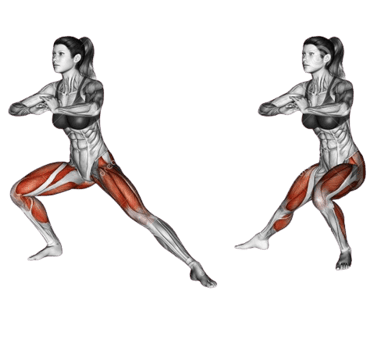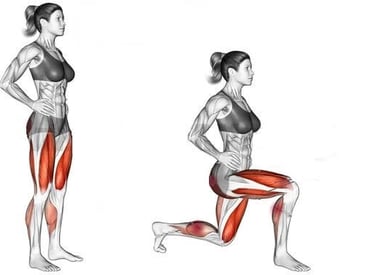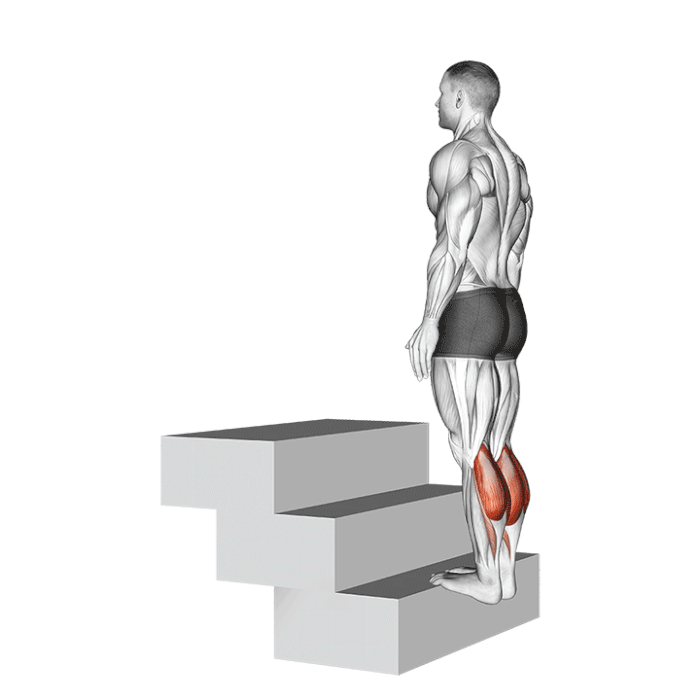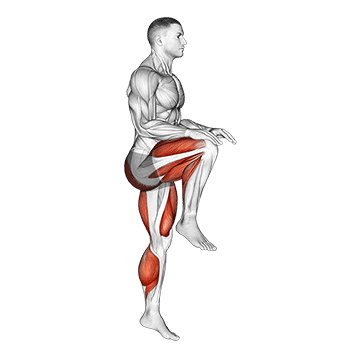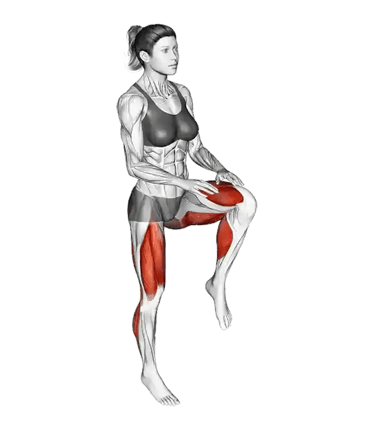Why is it important to learn the 7 Fundamental Movements as a beginner?
12/29/20227 min citit
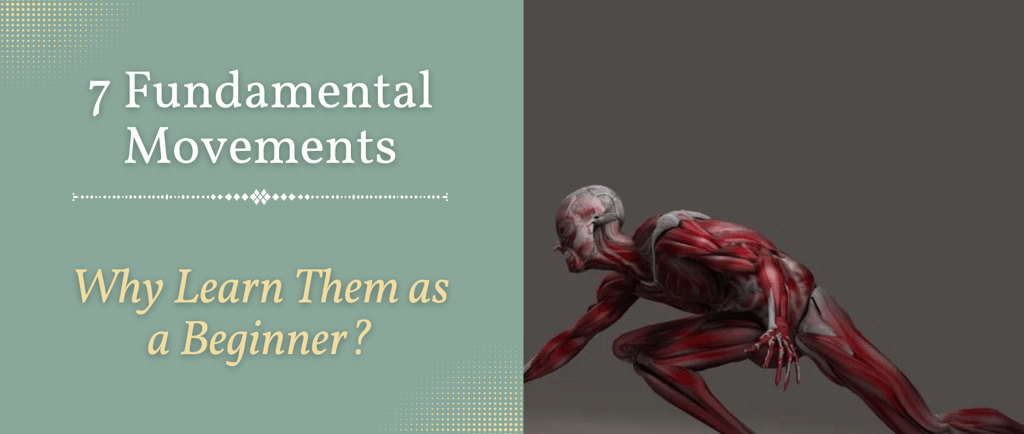

Beginning a fitness journey it’s a big step for everyone. It’s a life-changing decision that you make when you want to become healthier and get in shape. However, sometimes we postpone that first day because it feels challenging when you don’t know where to start.
But actually, exercise is all about movement. And once you understand how your body moves, all the confusion will fly away and will propel you to success for a healthier life and a fit body.
The human body has 7 fundamental movements that are part of your life in one way or another. It’s important to learn these movements, as a beginner, because they are targeting all muscle groups in your body. So implementing them in your training sessions will give you more control over your body and make you stronger in those areas.
In this article I'm going to explain to you the 7 fundamental movements of the human body and how you can incorporate them in your training.
Fundamental Movements in your Daily Life
The 7 fundamental movements are broken down into different types of motions, which are:
Squat
Hinge (bending over with your hips)
Push
Pull
Lunge
Twist
Gait (jogging, walking, running)
These movements are not just performed during exercise, but you’re doing them every single day, in all aspects of your life.
Here are a few examples that you’re doing every day using these fundamental movements:
Pulling a door open → pull
Lifting up a child from the floor → hinge
Pushing a shopping cart → push
Walking up a flight of stairs → gait
Sitting up and down off a sofa → squat
Throwing a tennis ball in the park with your dog → twist
Bending down on one knee to grab something out of the fridge → lunge
1. Squat
The squat mainly targets your quadriceps, but it also focuses on your glutes and hamstrings.
Squat exercises: regular squat, barbell back squat, sumo squat, jump squat, pistol squat, frog squat, single leg squat, side squat, Zercher Squat
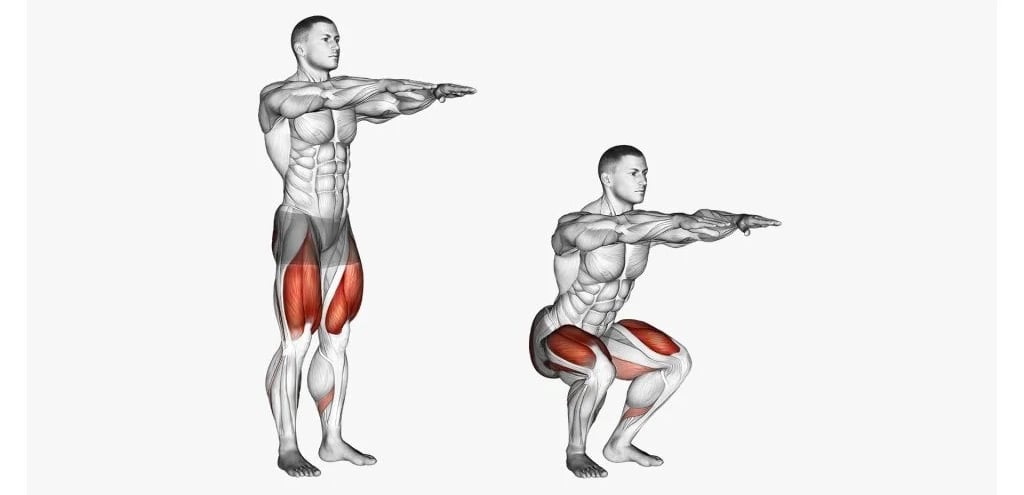

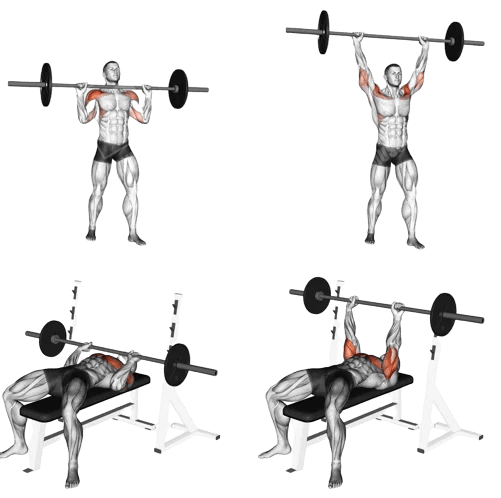

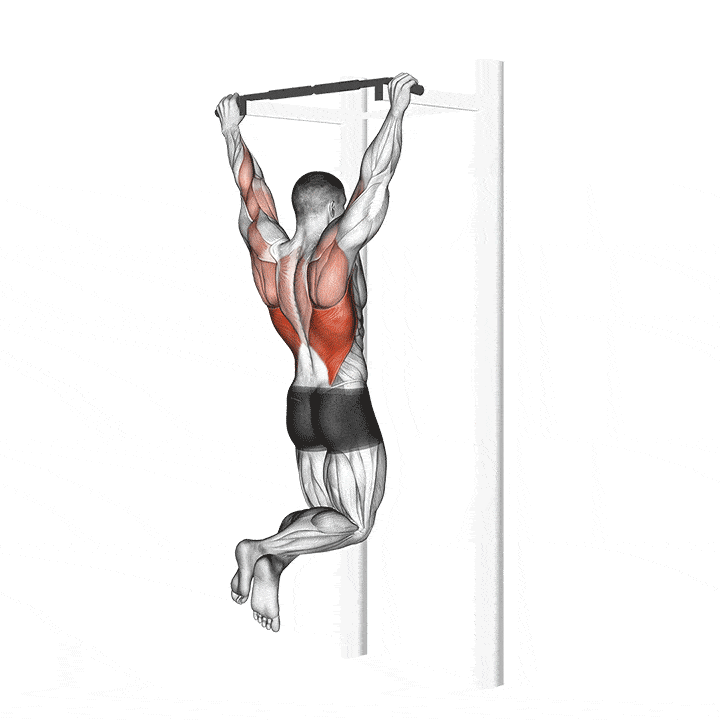

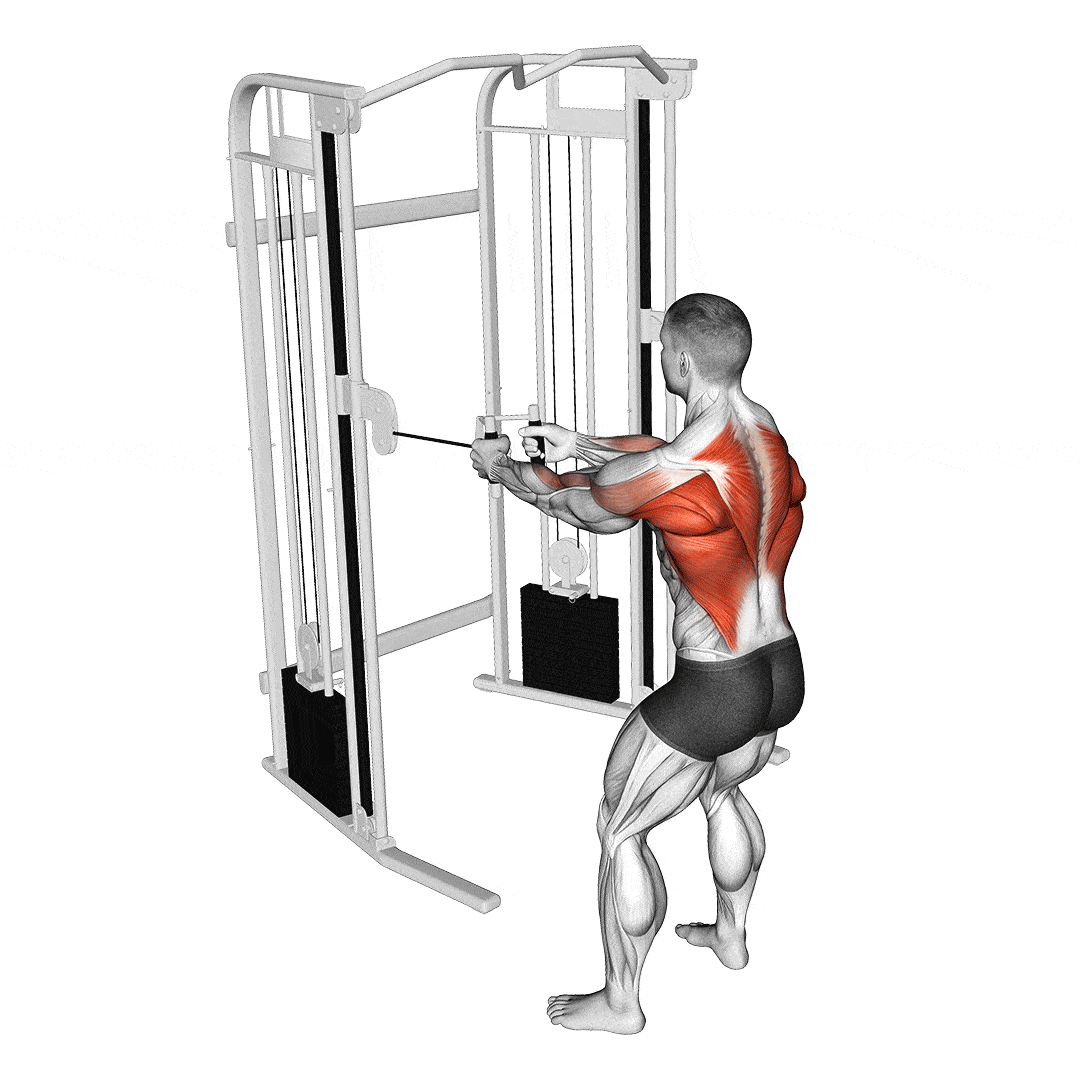

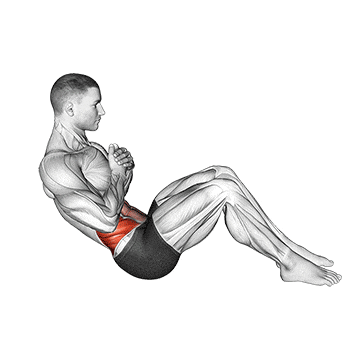

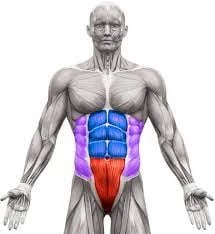

If you have any questions or need some assistance, feel free to submit a comment or send us a message here.
2. Hinge
The hip hinge targets mostly the posterior chain (back) muscles: glutes, hamstrings, back and abdominals.
Hinge exercises: hip thrust, glute bridge, kettlebell swing, good mornings, Romanian deadlift, conventional deadlift, sumo deadlift, staggered deadlift
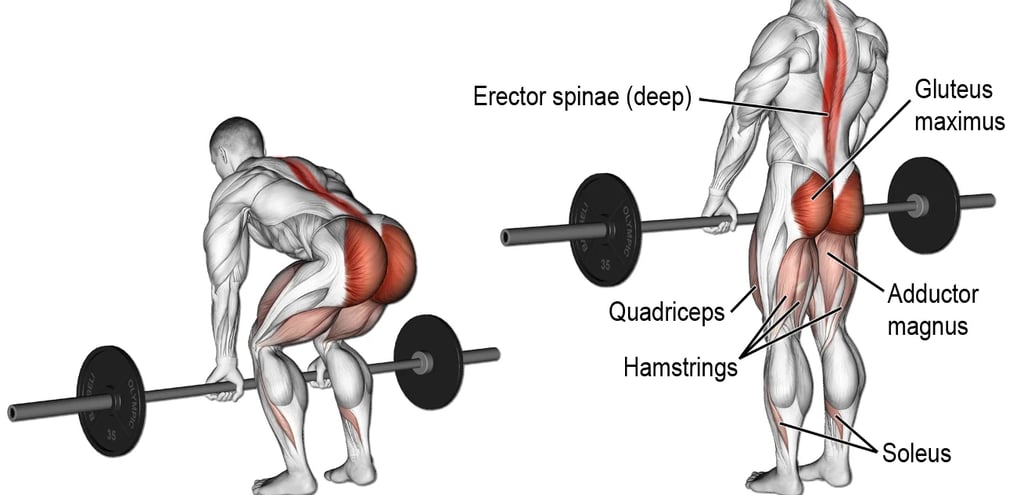

3. Push
The push movement targets the chest, shoulders and triceps.
Push exercises are divided into 2 sections:
Vertical pushing → targeting mainly the shoulder muscles
Horizontal pushing → targeting mainly the chest muscles
Vertical push exercises: barbell shoulder press, dumbbell shoulder press, landmine press
Horizontal push exercises: barbell bench press, incline/decline chest press, seated shoulder press, push ups
4. Pull
The pull movement targets your back muscles; it focuses on areas such as the rear deltoids, rhomboids, trapezius, biceps and latissimus dorsi.
Similar to the push, there are horizontal and vertical pulling movements.
Vertical push exercises: pull ups, chin ups, lat pulldown, single arm pulldown
Horizontal push exercises: cable rows, bent over rows, inverted rows, gorilla rows
5. Lunge
Lunges primarily target your glutes and legs.
There are 3 types of lunges working on the glutes and focusing on different parts of your legs:
forward lunges & reverse lunges → quadriceps, calves, hamstrings, glutes
lateral lunges → quadriceps, hamstrings, adductor, abductor
Lunge exercises: walking lunges, reverse walking lunges, jumping lunges, overhead lunges, sliding reverse lunge
6. Twist
The twist movements are targeting your abdominal muscles and strengthening your core. It targets muscle groups such as the obliques, rectus abdominals, quadratus lumborum and transverse abdominals.
Twist exercises: cable woodchopper, kettlebell windmill, russian twist, medicine ball toss
7. Gait
The gait movement is mainly about how you walk, jog, run and sprint. This is not something that you have to add to your workout routine, as it’s something you’re doing anyway as you walk around, for example.
If you are recovering from an injury that has affected your walking or your gait movement, there are exercises that can help improve it.
Gait exercises: Calf raises, toe raises, single leg balance, high knee marches, banded high knee marches.
Don’t Forget About Training Your Core Abdominals!
Although some movements are not considered as movement, it does play a very important role in building strength as well as stability, structure and balance in your body.
There are several exercises that involve your core abdominals directly. These are broken down into two types: isometric and dynamic.
Isometric exercises are performed holding your body or your core abdominals in a specific way, for a specific amount of time. For example, holding a plank anywhere between 30 seconds to 1 minute. It is an exercise that focuses on your abdominals as well as your glutes.
There are also dynamic exercises that directly target your abdominals as well. For example, leg raises lying down is an exercise you do by raising your legs up and down for repetitions by keeping the feet together; it targets the lower part of your abs and hip flexors.
Isometric – plank, side plank, reverse plank, palloff press, deadbug hold, straight arm plank
Dynamic – Russian twists, cable woodchoppers, leg raises, crunches, side plank crunches
Start with a Full-Body Workout
If you’re at the beginning of your fitness journey, it’s advisable to train once or twice a week. Doing a full-body workout would be a good start to incorporate in your weekly schedule.
Full-body workouts are one of my favorite ways of training as it works with all of the muscle groups necessary for targeting the 7 movements of the human body.
I’m going to share with you a full-body workout that you can start your fitness program with, but first you have to know what a ‘repetition’, ‘set’ and ‘rest period’ is:
Repetition (rep) – refers to a completion of a movement and repeating it. For example, you perform 10 repetitions of an exercise.
Set – refers to a collection of repetitions of an exercise, done before moving to a different exercise or having a rest period. For example, a set of 10 reps; or for an exercise, you’ll complete 3 sets of 10 with one minute rest in between.
Rest period – the time spent allowing your body to recover from an activity for a specific amount of time. For example, after completing a set of an exercise, you’ll rest for one minute before doing the exercise again. (The time of the rest periods will vary depending on your goal.)
Now that you know what repetition, set and rest period means, here’s my example of a full-body workout that you can start to do. It can be done in the gym, or even at home with bodyweight alone – no equipment required. The entire workout can take as long as 30 minutes:
SQUAT → Regular Air Squats – 3 sets of 15 to 20 repetitions, with 30 seconds rest in between sets
HINGE → Glute Bridges on the Floor – 3 sets of 15 to 20 repetitions
PUSH → Push Ups (regular or on knees) – 3 sets of 6 to 10 repetitions
PULL → Prone Lat Pulldown – 3 sets of 8 to 12 repetitions
LUNGE → Forward Lunges – 3 sets of 10 repetitions on each leg
TWIST → Russian Twists – 2 sets of 20 repetitions (10 on each side)
*CORE → Plank Hold – 3 sets of 30 seconds minimum, with 30 seconds rest in between sets
From this full-body workout example, you target multiple muscle groups at once in each exercise. It is a good starting point for you, as a beginner, to gain muscular strength and endurance.
You can change around the plan, such as:
– adding weights into the exercises,
– making the movements more challenging (for instance, the push up with the knees on the floor can be done with knees off the floor),
– adding more repetitions or more sets into the exercises.
What’s Next?
Focusing on these 7 fundamental movements, you’re going to be more conscious with each motion your body makes. As they are targeting all muscle groups, it will help improve your strength, mobility and posture, and protect your body from injuries.
You can start incorporating these movements by following the exercise example I gave you or create your own plan. Once you become comfortable with the movements, you can move to the next level by adding extra weights or combining them to progress to more advanced exercises.
Now you have all you need to start with changing your life to become healthier and in shape. So don’t postpone that first day anymore. Get in there with confidence and get it done!

